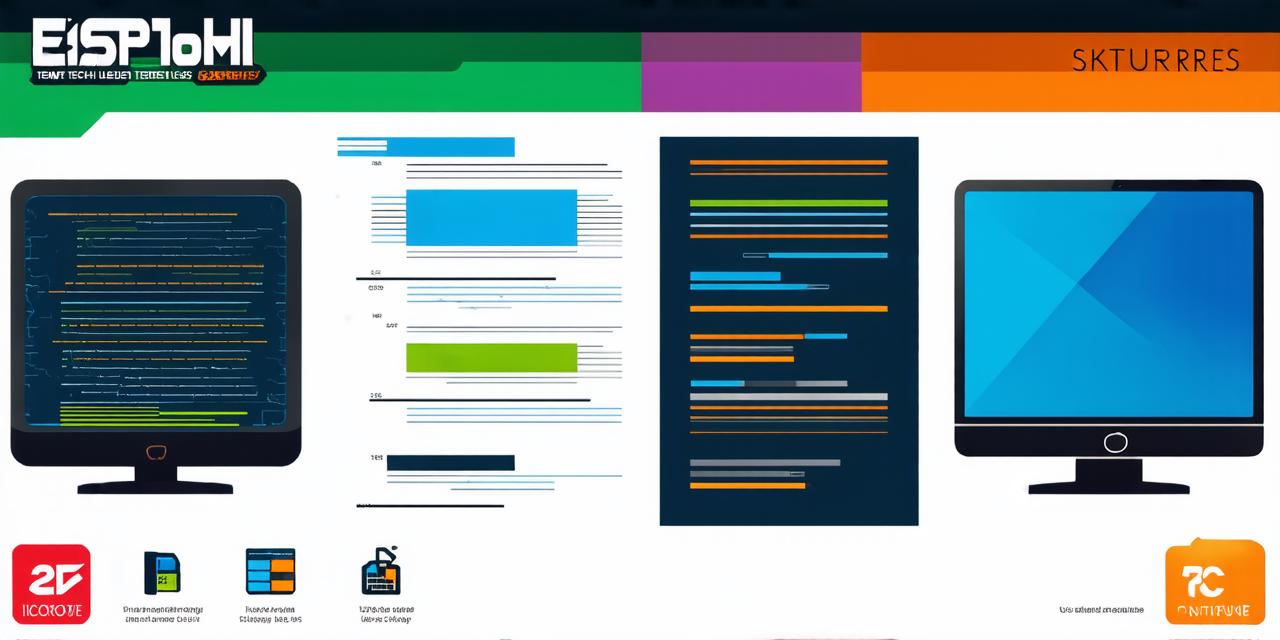Introduction
Trivia games have been a popular form of entertainment for centuries. They are fun, engaging, and can be enjoyed by people of all ages. With the rise of mobile devices and social media, trivia games have become even more accessible and popular.
Defining Your Target Audience
Before starting the development process, it is essential to define your target audience. This will help you create a game that is relevant, engaging, and appealing to your target market. To define your target audience, consider the following factors:
- Age range: Trivia games can be enjoyed by people of all ages, but some topics may be more appealing to certain age groups.
- Interests: Identify the interests of your target audience. Are they sports fans, music lovers, history buffs, or something else? Creating a game that is tailored to their interests will increase engagement and keep players coming back for more.
- Geographic location: Consider the geographic location of your target audience. If you are developing a game for a specific region or country, consider incorporating local trivia questions to make the game more relatable and appealing.
- Device preferences: Consider the device preferences of your target audience and design your game accordingly.
Choosing Your Game Format
There are many different formats for trivia games, ranging from multiple-choice questions to fill-in-the-blank challenges. When choosing a game format, consider the following factors:
- Difficulty level: Choose a difficulty level that is appropriate for your target audience. If your game is too difficult, players may become frustrated and stop playing. On the other hand, if your game is too easy, players may lose interest quickly.
- Interactivity: Consider the level of interactivity you want in your game. Some trivia games require players to answer questions or fill in the blanks on their own, while others provide hints or clues to help players progress through the game.
- Speed: Trivia games can be timed, with players racing against the clock to answer as many questions as possible within a certain time limit. This adds an element of excitement and urgency to the game, making it more engaging for players.
- Customization: Consider whether you want to allow players to customize their experience. For example, players may want to choose their own topics or difficulty level, or they may want to play with friends and compete against each other.
Creating Compelling Content
The content of your trivia game is critical to its success. To create compelling content, consider the following factors:
- Topics: Choose topics that are relevant, interesting, and appealing to your target audience. Consider incorporating current events, pop culture references, and historical facts to make your game more engaging.
- Quality of questions: Ensure that your questions are well-written, clear, and challenging enough to keep players engaged. Avoid using complex vocabulary or jargon that may be difficult for some players to understand.
- Diversity of content: Incorporate a diverse range of content into your game, including multiple-choice questions, fill-in-the-blank challenges, and true/false questions. This will keep players engaged and prevent them from becoming bored with the same type of questions.
- Feedback mechanisms: Provide feedback to players after they answer questions to help them understand their performance and identify areas for improvement. This can be in the form of points, badges, or rankings.





